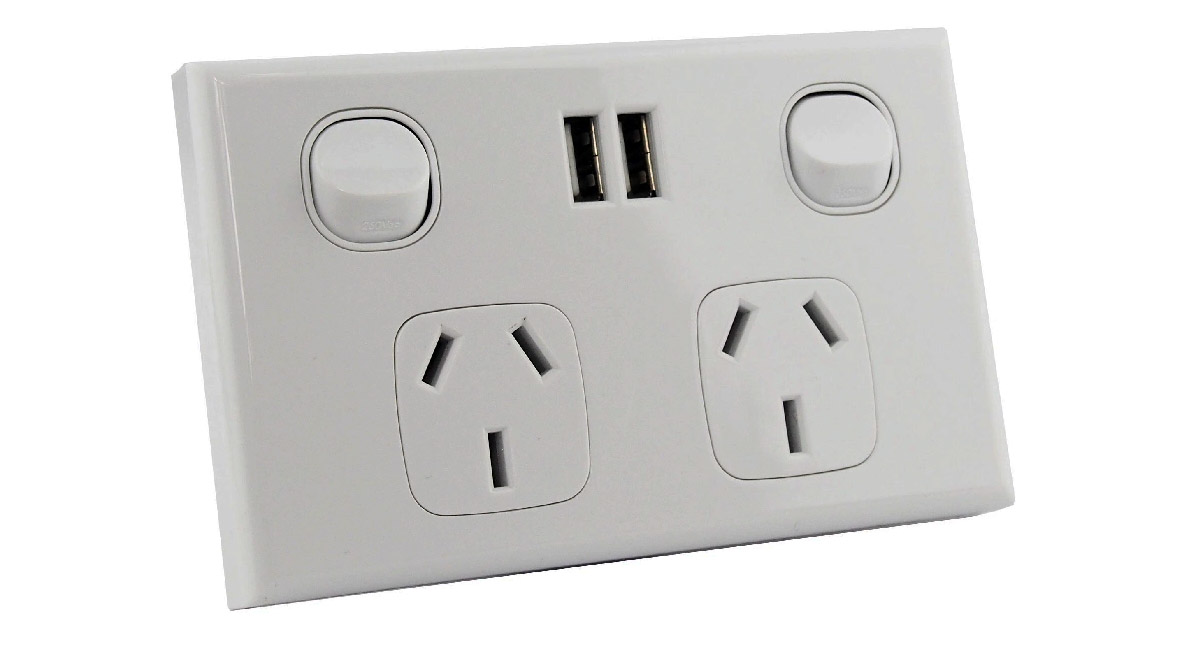No, 220V and 240V are not the same. 220V is considered the standard voltage in Europe, while 240V is the standard voltage used in electrical wiring installations within Australia and North America.
Before, Europe utilised a 220-volt system while the UK had a 240-volt one. However, this was changed so that each country now uses 230 volts. To allow for the lower voltages:
- In Europe, the tolerances were changed there to 230 volts -10% and + 10% for a range of 207 volts to 253 volts.
- In the UK, it is 230 volts -6% and +10% for a range of 216 volts to 253 volts.
All new equipment is manufactured for a nominal 230 volts, but older 220 volt and 240 volt equipment still works OK.
Both 220V and 240V are considered nominal voltages, meaning that most equipment will operate at either voltage. The equipment manufacturer’s specifications will tell you the maximum allowed variation from the required voltage. 220V is the older specification. People often refer to 220V even though the voltage has gradually increased over the years.
Plenty of brands or manufacturers split the difference on the box or product label with, 115/230volts vs 110/220 vs 120/240.
Can 220V appliances run on 240V?
Yes, modern 220V appliances will run fine on 240V.
In saying that, different voltages can cause damage to electric appliances, so it’s always best to use the voltage specified by the manufacturer.
In an ideal world, you should use the proper voltage for your equipment and not attempt to substitute one for the other. Using a higher or lower voltage than what is listed on the product can cause significant damage to the equipment. Using the incorrect voltage may invalidate the product’s warranty.
Is Australia 220V or 240V?
Australia runs on a 240V electrical system, slightly higher than the European standard of 230V. There are various voltages used around the world and it’s important to use the right one for your device or appliance. Most appliances and electronics can operate at either 220V or 240V, depending on their design. However, you should always check the device’s information before plugging it in to ensure you don’t damage it by using the incorrect voltage. Australia uses a Type I electrical plug.
What Is The Difference Between 220 And 240 Volt Outlet?
The primary difference between a 220 volt outlet and a 240 volt outlet is the amount of current they can supply. A 220-volt circuit supplies almost twice as much power as a 120-volt circuit, while a 240-volt circuit supplies 10 percent more power than a 220-volt one. This is why many appliances like stoves, clothes dryers, and air conditioners require a 240-volt outlet, while smaller appliances like toasters and lamps can often run off of a 120-volt outlet. Additionally, 220-volt outlets are typically found in industrial or commercial settings where power requirements are much higher than in residential buildings. In comparison, most homes use 120 or 240-volt power sockets for everyday appliances.


